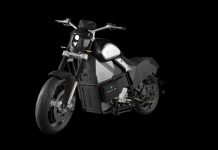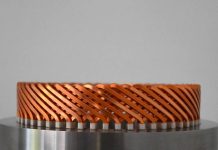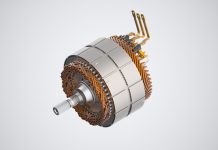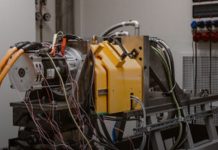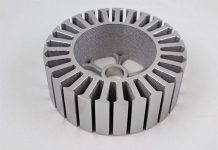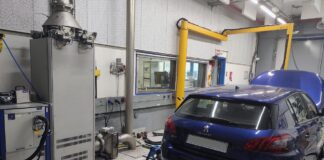In recent years, companie’s investments in the production of the electric motor for automotive have exponentially grown. This very particular product typology, in its turn, needs very definite and complete testing processes, to make the motor highly performing.
The experience of Risatti Instruments , combined with the new technologies developed by the company, allow customers to reach the prefixed targets. The testing phase starts from the control of losses in the iron of the assembled stator stack (N1), to optimize all manufacturing phases and then to obtain the highest efficiency. This analysis is carried out also on the rotor (O166) where, in addition, it is also possible to assess the die-casting quality, detecting also eventual interruptions and blows of bars, as well as the aluminium quality, which notably decrease efficiency. Concerning instead the stator testing (H5), four standard tests are carried out: ohmic resistance, stiffness, SURGE and rotation sense, with the further addition of: measurement of the insulation resistance, measurement of the ohmic resistance in alternate, at different frequencies, for the control of copper losses and the detection of the presence of partial discharges.
The issue of finished motor testing follows: of both the only motor, loadless or loaded, with the detection of the characteristic curve, and equipped with reduction and differential gear to evaluate the overall efficiency. The scheme proposed here represents the ideal testing process with the machines by Risatti Instruments, produced according to its customers’ single requirements, with the addition of suitable lab instruments (H3) for executing all tests for the design assessment and life tests, as well as complete tests on batteries.


